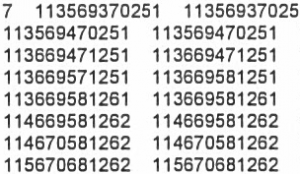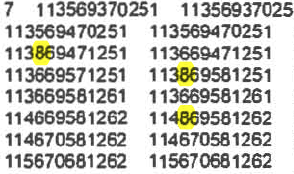Mmmm, holidays. A couple of opportunities came up in the diary and we grabbed them without hesitation.
First few days in the Netherlands, basically familiar territory with very little stress. This was the beach holiday, as we spent some time in Scheveningen (lovely beach near The Hague) and Katwijk aan Zee (also very nice beach; less tourist-y).
We also drove towards Vlissingen, taking in the remarkable bridges and flood barriers that keep the North Sea from flooding the low lands. The combined ‘Delta Works‘ are an audacious attempt to hold back the water (a constant battle as sea levels rise) and are generally considered one of the seven modern wonders of the world.
We travelled by car and the ever-reliable Stena ferry between Harwich and Hoek van Holland, choosing to ugrade to Captain Suite as it *was* a holiday 😉 – the overnight ferry means you can board around 9pm and be driving in Holland about 8am the next morning.
Can’t say I’ll opt for Captain’s Suite again. It is very nice but ships are large with plenty to do; the cabin is simply somewhere to sleep. I suspect they’re more sensible during daytime crossings where they can be better appreciated – still, we wanted to try!
The timing of our visit was to coincide with the Scheveningen International Firework festival. I swear when we booked everything this was scheduled to be on the Thursday, Friday and Saturday night which would’ve been every night of our visit. It seems they changed the schedule at some point to span two weekends, so we ended up missing half the fireworks – a real shame – but what we did see was still very good.
The second part of the break led us to France camping with some friends. We didn’t venture too far from Dunkirk (for various reasons) which meant the campsite was thoroughly British. Still, we managed to get out a bit and see some actual bits of France (and some of Belgium).
Now back to work, feeling somewhat refreshed.

